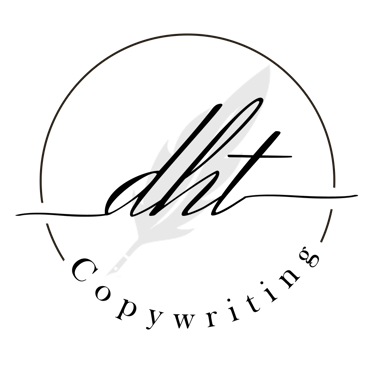Creating a Winning Email Campaign: Tips and Tricks
Building an email campaign or funnel can be a great way to nurture leads and drive conversions for your business. Here are some steps to follow when building an email campaign or funnel
COPYWRITINGTIPS
Welcome to our blog post on building an email campaign!
If you're reading this, chances are you're interested in using email marketing to grow your business. And we don't blame you! Email marketing is a powerful tool that can help you reach a large audience quickly and effectively.
In this post, we're sharing all of our best tips and tricks for creating an email campaign or funnel that converts.
We'll walk you through everything from setting clear goals and segmenting your audience to designing beautiful emails and setting up automation.
By the end of this post, you'll be an email marketing pro and ready to start building your own successful email campaign or funnel. So let's get started!


Blog Content:
Introduction
Determine your goals
Segmentation
Creating a content calendar
Design your emails
Set up automation
Introduction
An email campaign is a series of emails that are sent to a specific audience with the goal of achieving a particular outcome.
Email campaigns can be used for a variety of purposes, such as generating leads, making sales, building brand awareness, and more.
One of the main benefits of email campaigns is their ability to reach a large audience quickly and effectively.
With the right strategy and execution, an email campaign can be an invaluable tool for growing your business. If you are unclear on what Email copywriting is, read more here.
Determine your goals
Before you start building your email campaign or funnel, it's crucial to determine your goals.
What do you want to achieve with your emails?
Do you want to generate leads, make sales, or build brand awareness? Whatever your goals may be, it's important to be specific and measurable.
This will help you create targeted, effective emails that are more likely to convert.
For example, if your goal is to generate leads, you might set a goal to collect 100 new leads in the next month. Having specific goals will help you track your progress and measure the success of your email campaign or funnel.
Extra tip: Identify your target audience
Who are you trying to reach with your emails?
Consider demographics, interests, and past behaviors
This will help you in the upcoming steps!
Segmentation
Not all of your subscribers are the same, so it's important to segment your audience based on different factors.
These factors can include demographics, interests, and past behaviors. This will allow you to create more personalized and relevant emails.
For example, if you have a group of subscribers who have purchased from you in the past, you might send them different emails than you would send to first-time subscribers.
Segmentation can also help you tailor your email content and messaging to different parts of your audience, which can increase engagement and conversions. By segmenting your audience, you can create more targeted, effective emails that are more likely to convert.
Create a content calendar
Deciding on the types of emails you want to send and how often you want to send them can be overwhelming.
That's where a content calendar comes in handy. A content calendar is a plan for the content you'll be sending in your emails. It can help you stay organized and ensure you're sending the right types of emails at the right times.
For example, you might decide to send a weekly newsletter, a monthly promotional email, and a quarterly educational email.
Having a content calendar will also help you maintain consistency and keep your audience engaged. By having a plan in place, you can create a cohesive, effective email campaign or funnel that drives results.
Design your emails
Designing professional, visually appealing emails is also crucial to the success of your campaign or funnel. People are more likely to engage with emails that look good and are easy to read.
There are a few key things to consider when designing your emails: layout, fonts, colors, and images. Make sure your emails are responsive, meaning they look good on both desktop and mobile devices.
With a little bit of effort and creativity, you can create emails that stand out and drive results. Should you have any creativity blocks, there are plenty of designing platforms that provide templates for you to make quick edits!
Set up automation
Automation can be a game-changer for your email marketing efforts. It allows you to save time and ensure that you're sending the right emails to the right people at the right times.
There are several types of automation you can use in your email campaign or funnel, such as drip campaigns and trigger emails.
A drip campaign is a series of emails that are automatically sent to a subscriber over a period of time. Trigger emails are emails that are sent based on specific actions or behaviors, such as abandoning a shopping cart or signing up for a newsletter.
There are plenty of email marketing tools that provide automation. Look for ones that fit your budget and needs so that you can nurture leads and drive conversions more efficiently.
Conclusion
In conclusion, building an email campaign or funnel can be a powerful tool for growing your business.
By setting clear goals, identifying your target audience, developing a content strategy, writing compelling email copy, designing professional emails, and setting up automation, you can create an email campaign or funnel that drives results.
Don't forget to test and optimize your emails to see what works best for your audience! With a little bit of effort and creativity, you can create an email campaign or funnel that nurtures leads and drives conversions for your business.


